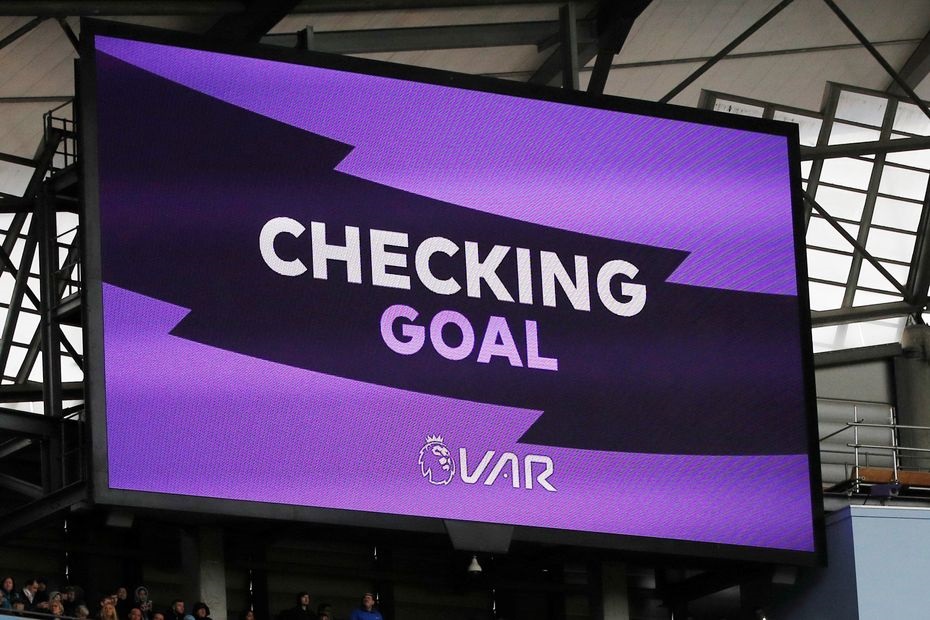The Changing Face of Soccer in England’s Top Tier
We’re now into a new decade and Liverpool are on route to shattering English Premier League records left, right and centre but how else has the game evolved over the past 10 years?

VAR
The technology in the Premier League is unquestionably one of the hottest topics on people’s lips this season. The introduction of VAR – video assisted referees – came in at the start of the 2019/20 season and it’s fair to say everyone is divided on whether or not it’s a good thing for the game. The concept was well received but the manner in which it’s being used is killing the game for many fans as celebrations are being put on hold and goals are being determined by the smallest margins with offside decisions becoming laughably tight.
Then, of course, there is the length of time it takes for decisions to be reached. This and the lack of engagement with fans in the grounds are the biggest complaints with the argument regularly made that the same issues don’t occur in other sports such as the NFL where Super Bowl 2020 will be televised globally in the coming weeks to prove how tech can enhance the game just to rub salt into the wounds of soccer.
Goal line technology
Despite the teething issues with VAR it would be too much of a sweeping statement to claim that soccer can’t do technology. In 2013, goal line technology was introduced and has been a roaring success as it transmits a signal in milliseconds to confirm when the ball has crossed the line. Sure, you no longer get talking points like the infamous ‘ghost goal’ but key decisions, such as potentially title deciding decisions like in last years match between Man City and Liverpool, are correct.
The Impossible Dream
In the 2009/10 campaign Leicester were in their first year back in the Championship after a previous relegation to League One and Jamie Vardy – their star striker – was plying his trade for Stocksbridge in the seventh tier. Fast forward to today and they’re one of England’s best teams and Vardy is widely recognised as a world class striker. The highlight of their decade though was 2015/16 when the relegation favourites and 5000/1 shots made every underdog in the world believe the impossible was possible as they won the Premier League crown in the biggest shock English – and possibly the wider soccer world – has ever seen.
The cost of soccer
The Leicester squad that claimed the Premier League crown cost just £55m to build but the general finances in soccer have moved upwards at an insane rate over the last 10 years. In terms of transfer fees, in 2010 Cristiano Ronaldo moved from Manchester United to Real Madrid for just over the £80m mark – albeit the next biggest deal involving an English side was £31m for Xabi Alonso.
Nowadays that fee only gets you Harry Maguire whilst a player like the Portuguese would probably cost in the region of three times his then world record fee.
Alongside transfer fees is the rise of player wages; Ronaldo was rumoured to be on £300,000 a week when he headed to Madrid but now his wage is nearly double that and don’t even get us started on ‘super agents’ like Mino Raiola who scooped over £40m for his part in Paul Pogba’s move to Manchester United.
The end of an era
If anything can evidence the change soccer in England has gone through in recent years, it’s the fact Arsene Wenger and Sir Alex Ferguson aren’t seen in the dugout each week. The pair won a combined 35 major trophies (Fergie 25, Wenger 10) in England and although their place in history is assured their former teams place at the top table isn’t.
A decade ago, saw United and Arsenal finish second and third – behind Chelsea – but now they’re sat in 10th and fifth respectively with the gap to leaders Liverpool, who finished seventh 10 years ago, 30 points.
There you have it, a glance back through time at the Premier League and it’s a reminder to everyone that one day you might achieve something noteworthy – even you, Norwich!